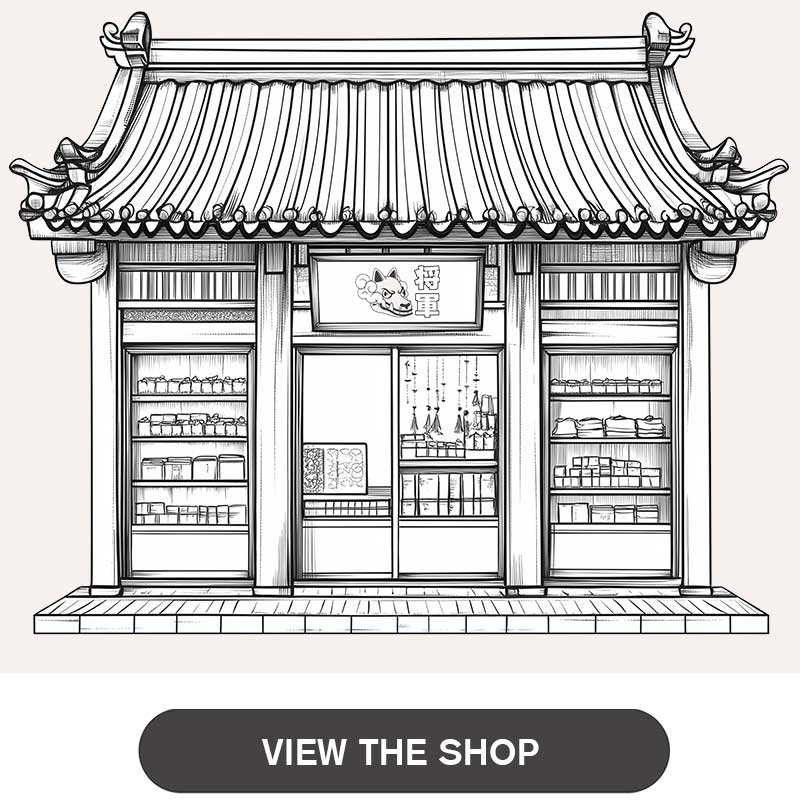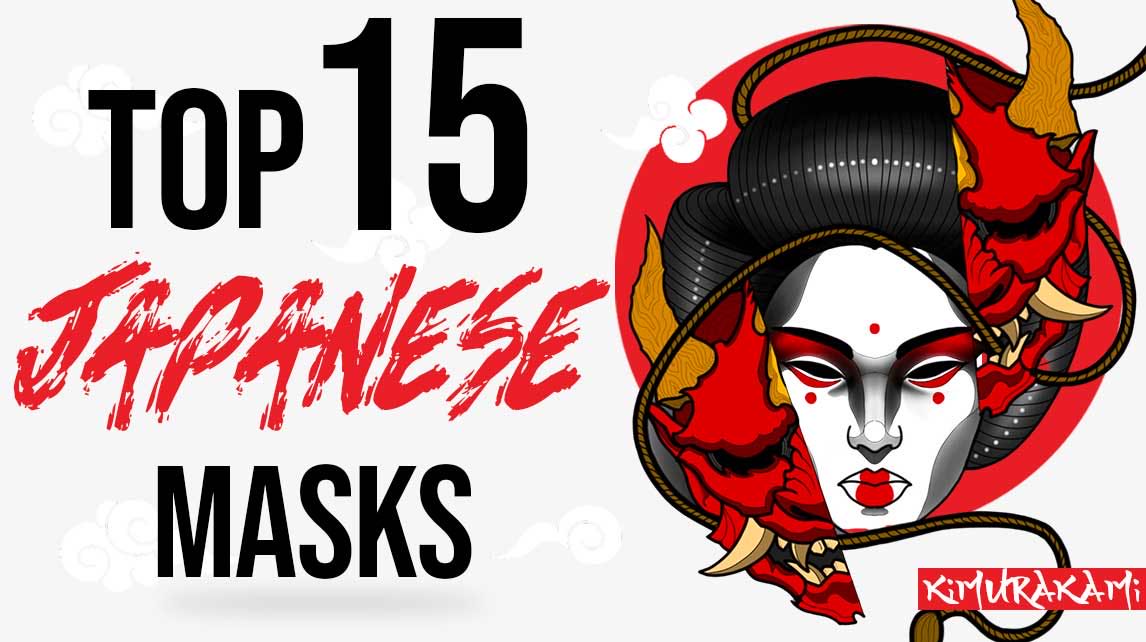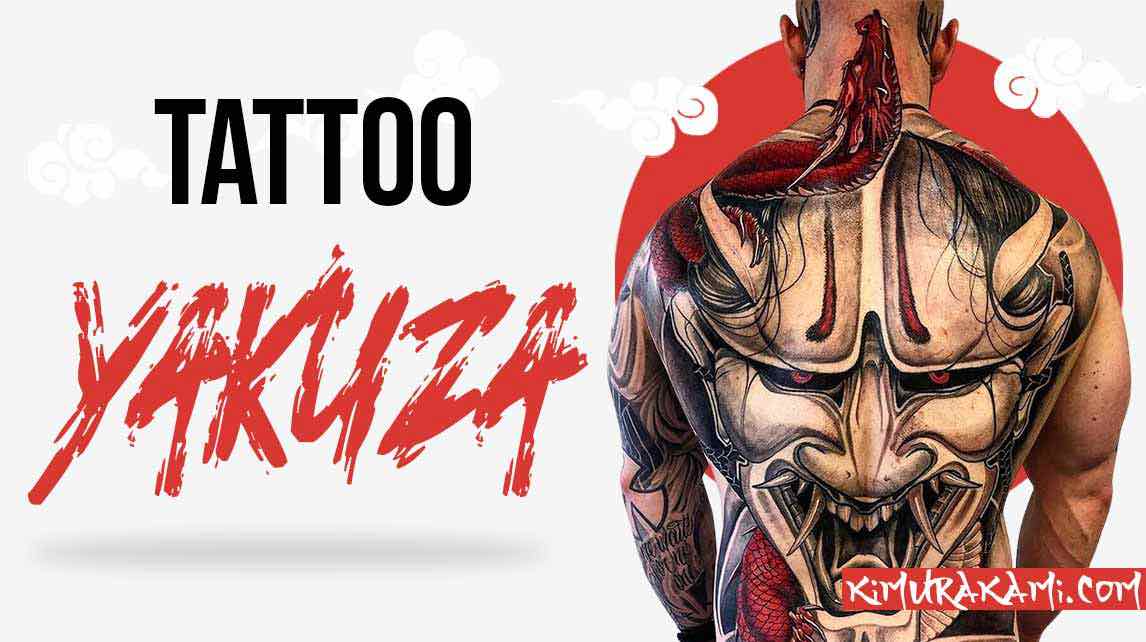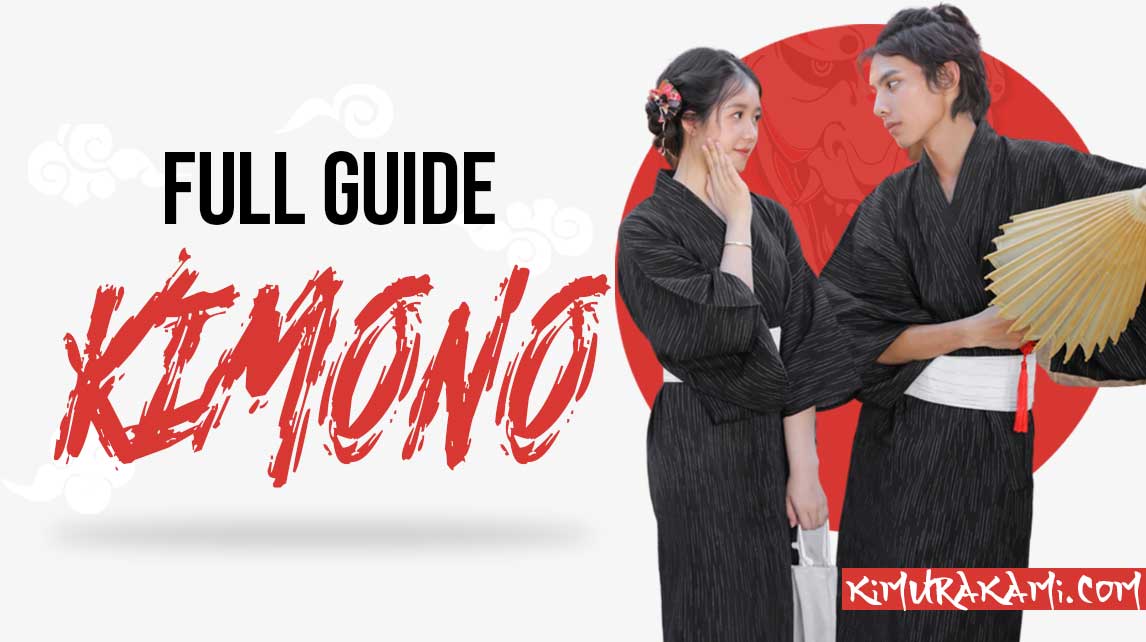Japanese facts and history are marked by periods of isolation that allowed the country to develop a unique and insular culture. The Japanese culture will captivate the world and political greediness after its opening in the 19th century.
The Land of the Rising Sun is steeped in a unique history whose fame has spanned the ages and eras from the 3rd century AD to the present day. The Japanese mentality is singular and marks in every way its differentiation from the customs and cultures of the whole world.
In this article we will see the important facts and history about the Islands of Japan throughout the different periods. Passing from feudal Japan, to the Japanese empire of the samurai, ending by the modern Japanese era! Be ready to discover the Japanese culture, its secrets, richness and history !
The Heian period
The first written discovery of Japan comes from the annals of the Chinese court (3rd century AD). They are the first documents relating to the Japanese archipelago. The Chinese people describe them as people living off the coast of Korea on islands. They were ruled by a queen named Himiko. It is during this period that a new Japanese elite emerged. The Chinese aristocrats and their manners thus greatly influenced Japan.
 The history of Japan is embellished with ancient symbols related to Asian and Chinese culture / Source image Adobe - Shogun Japan Visual Arts
The history of Japan is embellished with ancient symbols related to Asian and Chinese culture / Source image Adobe - Shogun Japan Visual Arts
This is a very important period for Japanese civilization because it is during the Heian period (794-1175) that Japanese myths and folklore merged with Chinese art. There are many similarities between these two cultures such as calligraphy, poetry (haiku), painting and prints. One finds moreover certain symbols like the Japanese dragon or snakes in the fantastic stories of Japanese and Chinese mythology.
The era of the samurai
The Japanese were above all a people of warriors. But not just any warriors, noble and proud warriors following a strict code of honor called bushido. This code of ethics is governed by 7 great principles such as bravery, loyalty and honor. The samurai of feudal Japan are trained from a very young age to master the sword (katana), they also learn to shoot with the Japanese bow. They are known for their warrior virtues.
 The story of the samurai warrior has inspired the whole world.
The story of the samurai warrior has inspired the whole world.
They swear loyalty to their daiymo! Today in Japan, the myth of the Japanese samurai still continues to influence popular culture through animated films and manga.
From a historical point of view, it is from 1185, that the samurai class took power. The refinement of the imperial court gave way to wars and battles between the various feudal warlords and clans for central power. Two great clans clash, the Minamoto clan and the Taira clan.
This civil war founds the bases of the first shogunate. The power initially held in Kyoto is transferred to the new Japanese capital of Kamakura. Shogun warlords rule the country on paper in the name of the Japanese emperor. To learn more about them, you can read our article on the greatest Japanese shogun! We present you their war stories, their challenges, and their decline (all in detail)!
But without wanting to "spoil you their end", know that in 1467, a new civil war put an end to their omnipotence. This Japanese history period is marked by a century of conflict and unrest. The authority of the government is re-established by Nobunaga Oda, Hideyoshi Toyotomi and leyasu Tokugawa. The new power settles on a small fishing port called Edo, it is the city of Tokyo.
The Edo period
To maintain control over the Japanese archipelago, the Tokugawa shogunate limits foreign imports from the western world to the unique Nagasaki region. It is during this period that the Portuguese missionaries (Jesuits) try to convert the Japanese people to Catholicism.
The result was the expulsion of the Portuguese (and almost all foreigners) outside the Japanese borders. Only the Dutch were allowed to continue their trade as they helped to suppress the nascent Christian community.
 Edo period marked by Japanese symbols such as the Japanese crane and the splendid geisha
Edo period marked by Japanese symbols such as the Japanese crane and the splendid geisha
For more than two centuries, Japan practiced a policy of autarky, the relations between the empire of Japan and the West were almost totally cut off. In 1700, Edo becomes the most populated city in the world with nearly a million inhabitants.
It is at this time in particular that the Japanese theater, a daring literature and the "floating world" (pleasure districts) developed. This Japanese culture is pushed by the rich merchants of Edo. The emergence of the authentic and unique Japanese culture that we know impregnated is largely due to this period of isolation.
One thinks in particular of the geisha, the tea ceremony, sumo wrestling etc...
The Meiji period
In 1853, Commodore Perry of the U.S. Navy entered the Bay of Edo without authorization. He defied the Japanese ban, who did not wish to have international relations. This period will mark the end of the era of the samurai, It was an opportunity for the emperor who no longer wished to be a puppet in the hand of the Shogun, It's a little more complicated than that in reality.

A new civil war will mark the country by violent clashes between the shogunate and the reformers. The latter use western weapons to subdue the shogunate, which will end up totally collapsing.
The Meiji Era symbolizes technological modernization and the end of the power of the samurai caste.
It was only from 1868 onwards that Emperor Meiji took over full imperial power. He settled in the new capital of Japan: Tokyo. This period marks a great phase of modernization of the country thanks to Western technologies.
It is also the beginning of westernization with in particular the railroad, the importation of cigarettes, and the influence of Western fashion! The traditional kimono gives way to pants and shirts!
Japan of the 20th century
A catastrophe was to transform the face of Japan: the Kanto earthquake that killed about one hundred thousand people. A large part of Tokyo was also destroyed in this cataclism. Within Japanese society, opinions are divided, but some believe that this catastrophe is the result of the excesses of the Taisho period. For them, it is a true judgment from heaven.
Riots broke out between the Japanese and the Korean immigrants. The Koreans are accused of taking advantage of the situation to plunder the inhabitants of Tokyo following the earthquake.
Even today, the Japanese continue to hold a moment of silence on September 1, in memory of the victims of Kanto.
 Pearl harbor history / History of Pearl Harbor in pictures by Lepoint magazine
Pearl harbor history / History of Pearl Harbor in pictures by Lepoint magazine
In search of their past greatness, Japan decided in December 1941 to launch surprise offensives on the British Empire and the United States. This marked their entry into the World War ii. In August 1945, the Americans launched the terrible atomic bomb on Nagasaki and Hiroshima. Emperor Hirohito then asked for peace.
The post-war period in Japan
After the Japanese defeat, the Americans occupied Japan for seven years. This will transform the country and part of its traditional culture.
In 1952, Japan was finally liberated with the end of the American occupation. This was the first time in decades that Japan was not under military control of any kind.
This allowed the Japanese to be freer in their creative expression. Great innovations and progress are made in Japanese literature, art and architecture.
May 1968 also marks the revolt of the Japanese youth. The zengakuren were a sometimes violent militant association which did not hesitate to confront the police during demonstrations. To get an idea you can look at the manga Akira or we can see demonstrations that degenerate as it was the case in 1968...
 The zengakuren of May 1968 ready to face the police force
The zengakuren of May 1968 ready to face the police force
In order to satisfy the demand of Western countries, Japan's industrial production increased. Exports of cars and technology of all kinds enable Japan to become one of the richest countries in the world. The country continued to prosper until the economic bubble burst in 1992.
Japan in the 21st century
Despite the Japanese economy crisis caused by the recession, Japan remains an industrial giant on the world stage. They continue to innovate in the fields of space, transportation, media and design.
In terms of culture, Japanese style and fashion is at its peak. The world's greatest fashion designers enthusiastically mix traditional Japanese clothing with European style.
The entire nation is determined to take advantage of the 2021 Olympic Games to once again place itself in the eyes of the world.
If you don't have the chance to travel to Japan before then, we strongly advise you to visit our Japanese store or to immerse yourself in the richness this country by reading our article on the meaning of Japanese symbols!









Leave a comment